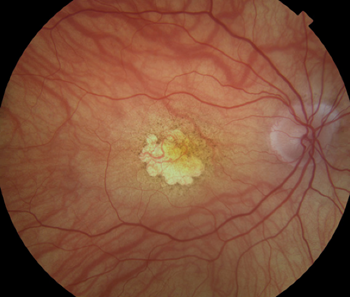Marc Mathias, MD
Director at the Laboratory of Advanced Ophthalmic Surgery
Associate Professor, Ophthalmology
Laboratory of Advanced Ophthalmic Surgery
Our goal at CellSight is to develop translational research that bridges the gap between ground-breaking basic science and patients experiencing vision loss due to ocular and retinal diseases in the clinic. Our Laboratory of Advanced Ophthalmic Surgery team is working to develop pre-clinical models of retinal disease, novel surgical devices, and state-of-the-art surgical techniques to deliver cell-based therapeutics to restore visual function. Currently, there are no known therapeutics to restore vision loss in dry age-related macular degeneration (AMD) and many other degenerative retinal diseases. We believe stem cell-based therapies offer enormous potential for vision restoration in these retinal diseases. However, translating this science to the clinic requires new surgical techniques and tools to unlock the full potential.
The retina is composed of multiple cell layers that sense light and create an electrical signal that is transmitted to our brain. Many retinal diseases, including dry AMD, can damage multiple layers of retinal cells. We are developing new techniques to transplant multiple cell layers within the retina, including the light-sensitive cells called ‘photoreceptors.’ With this unique approach, we hope to enhance visual restoration compared to transplanting a single cell layer alone.
Our team is collaborating with partners to develop new retinal imaging technologies, validation of pre-clinical retinal transplant models, and novel surgical tools. In partnership with the Sue Anschutz-Rodgers Eye Center and the Department of Ophthalmology, we ultimately envision using a patient’s own cells to develop retinal transplants that can restore vision loss.

Fundus photograph of a patient with an advanced form of dry age-related macular degeneration, called geographic atrophy.

Optic coherence tomography (OCT) of the same patient showing degeneration (atrophy) of the outer retinal layers in the macula.
